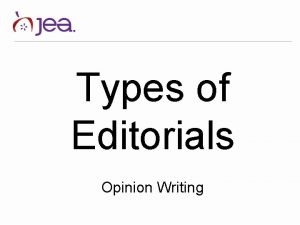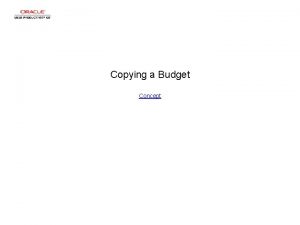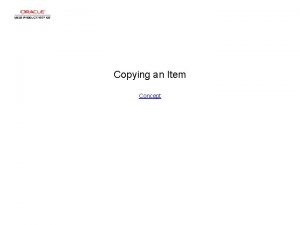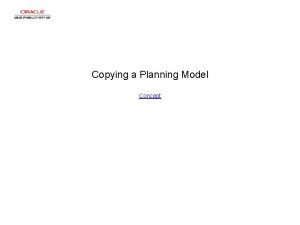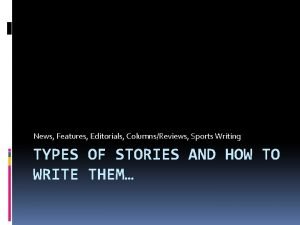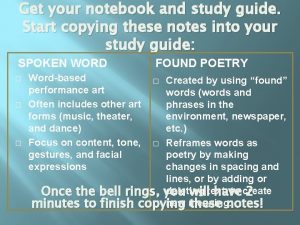Types of editorials Editorials that PERSUADE Start copying













- Slides: 13

Types of editorials

Editorials that PERSUADE (Start copying into notes section of binder) • These editorials use facts and argument to persuade readers to think as the newspaper does on a particular issue. • They take a firm stand on an issue or person. • Often ask the reader to get involved. • School-related examples you can think of? ? ?

Editorials that EXPLAIN • Give readers insight and facts and explain a complicated issue. • Might write an editorial to explain a new dresscode policy, or why the school board is considering closing your school.

Editorials that PRAISE • Praise a person, a board, an event or a community reaction. • You might write such a praising editorial after your school community pulls together to help victims of a natural disaster in your area… • Other thoughts/examples? ?

Editorials that CRITICIZE • Take issue with decisions, reactions, policies or people. • Might write a critical editorial after an administration decision which the newspaper staff disagrees.

Editorials that ENTERTAIN • These may be the hardest to write because it’s not easy to write with humor. • You may use humor to write about issues that warrant entertaining… • What warrants entertaining? ? ?

Intention or purpose • What is the writer hoping to accomplish or persuade his or her audience to do or believe after the audience reads him or her?

Speaker • The reader or writer must consider who is speaking in the text.

Audience • Who is the speaker addressing? • What is the most effective way of connecting to this audience? • What are the strategies the speaker uses to connect to his audience?

Please start to copy into notes • Rhetoric: the art of persuasion or argument– basically its how you convince other people you are right. – In writing ethos is expressed in the following ways: • Knowledge of the issue – from both sides • Presentation (how can you trust someone who can’t spell? ) • Demonstration of interest (nothing to gain from the subject)

Pathos • Pathos-based appeals draw on the emotions and interests of the audience. • They evoke emotional, not reasoned, response from the audience. • Pathos aims at the heart.

The logos-based appeal • Logos is lined to logic. • A logos based appeal is created through the use of facts and figures, logical arguments, and reasonable statements. • Logos appeals to the head.

Ethos • What does ethos appeal to?
 Praise editorial example
Praise editorial example Phân độ lown
Phân độ lown Block xoang nhĩ độ 2 type 1
Block xoang nhĩ độ 2 type 1 Thể thơ truyền thống
Thể thơ truyền thống Thơ thất ngôn tứ tuyệt đường luật
Thơ thất ngôn tứ tuyệt đường luật Walmart thất bại ở nhật
Walmart thất bại ở nhật Tìm độ lớn thật của tam giác abc
Tìm độ lớn thật của tam giác abc Con hãy đưa tay khi thấy người vấp ngã
Con hãy đưa tay khi thấy người vấp ngã Tôn thất thuyết là ai
Tôn thất thuyết là ai Gây tê cơ vuông thắt lưng
Gây tê cơ vuông thắt lưng Sau thất bại ở hồ điển triệt
Sau thất bại ở hồ điển triệt Evil of copying
Evil of copying Copy into your notebook
Copy into your notebook Copying a segment
Copying a segment
